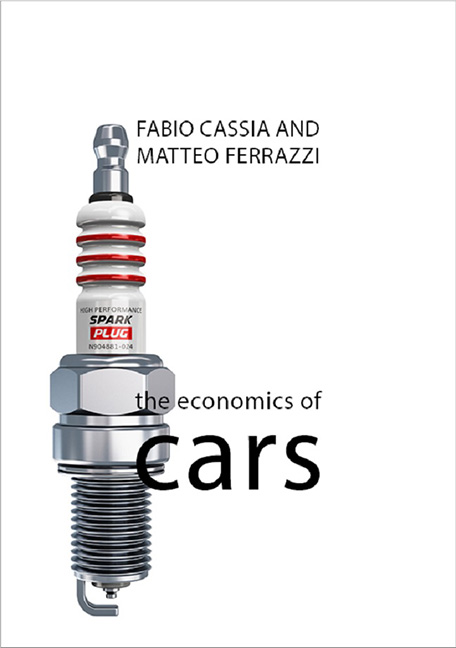4 - Marketing Strategies: How Supply Meets Demand
Published online by Cambridge University Press: 24 August 2023
Summary
“If I had asked people what they want, they would have said, faster horses.”
Henry FordIn 1960 Theodore Levitt (a Harvard professor) noticed that the three Detroit automakers – Ford, Chrysler and General Motors – were losing sales and sought to understand the reasons for this. The answer was straightforward: the three players were suffering from “marketing myopia”, otherwise known as a biased view of markets and customers. Marketing myopia (which is also the title of Levitt’s study published in 1960 in the Harvard Business Review) made the companies believe that the customer didn’t want “anything different from what he had been getting until they lost millions of customers to other small car manufacturers” (Levitt 1960: 51).
This finding came as a surprise because the three firms were spending millions of dollars on consumer research. In fact, the strategy based on annual model updates and on planned obsolescence, which had been introduced a few decades before by GM’s CEO Alfred Sloan, required intense market research and customer orientation. But why did the three Detroit automakers have such a superficial knowledge of their customers, despite time and resources spent to gather market data? Levitt’s explanation was extremely simple: the three manufacturers “never really researched the customer’s wants. They only researched his preferences between the kinds of things, which it had already decided to offer him […] If they do listen, it must be through the filter of their own preoccupation with production.” (Levitt 1960: 51).
Car manufacturers were too focused on internal efficiency, on economies of scale and on mass production to take care of what customers demanded. In other words, they were not interested in understanding the needs that customers were trying to satisfy through the car. Therefore, they overlooked that a specific need may be satisfied by many different products and in many different ways. For example, the need for mobility can be satisfied not only by purchasing several types of cars, but also by using car-sharing services or travelling on public transport or in many other ways. Moreover, the three Detroit auto-manufacturers did not realize that their customers were not just purchasing an end-product but more importantly its use over time.
- Type
- Chapter
- Information
- The Economics of Cars , pp. 49 - 80Publisher: Agenda PublishingPrint publication year: 2018



